What to do if you find a stray or feral cat
3rd June, 2020
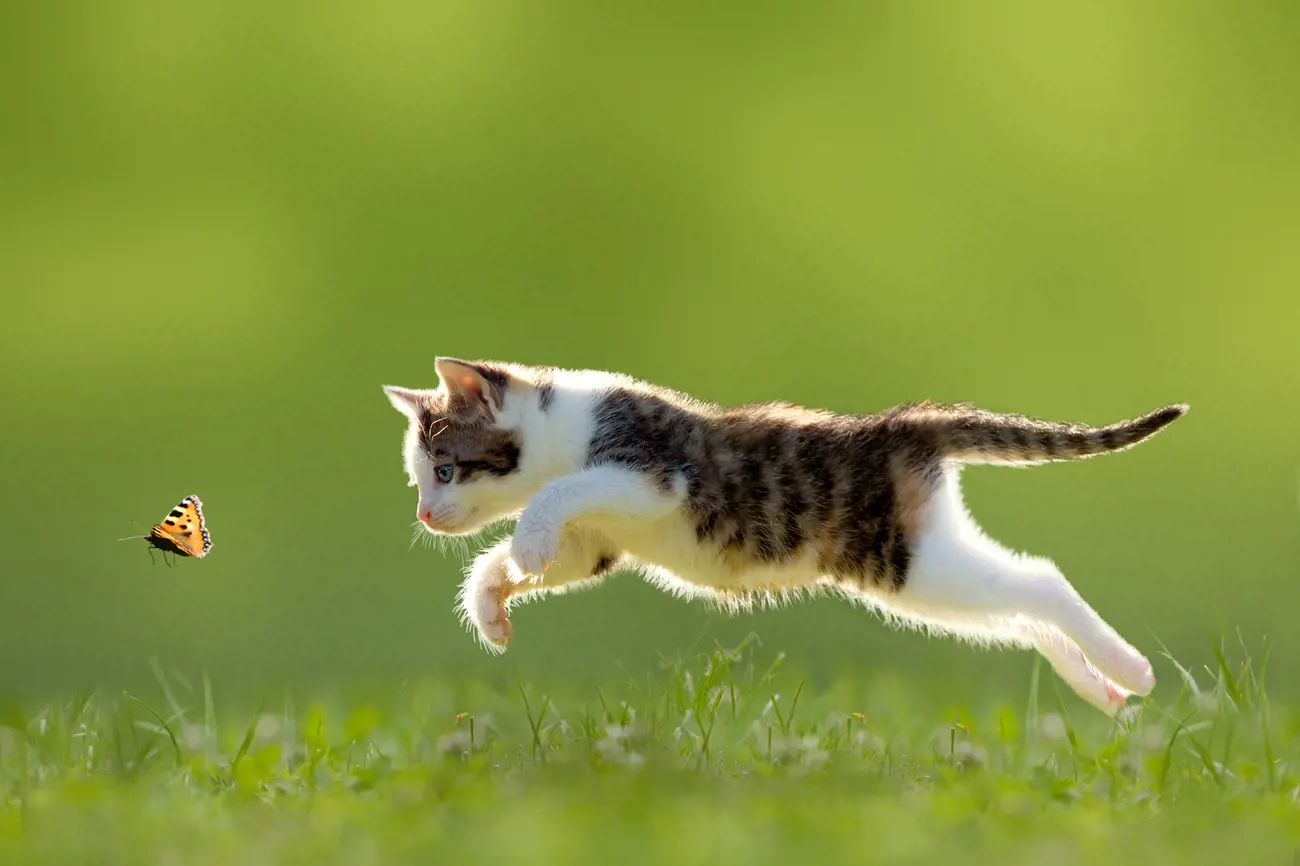
For a cat lover, the thought of a feline fending for itself is hard to bear. A cat without shelter in cold or wet weather, without a reliable source of food or vet care – the reality is that a cat without humans to look after it will have a hard life and, potentially, a premature death.
It can be difficult to tell the difference between a stray and a cat that is simply lost. If you have lost your cat, pet insurance should help cover the cost of advertising for its safe return.
But how can you help a cat who genuinely seems to be without an owner?
What is the difference between a stray cat and a feral cat?
The key difference between stray and feral cats is socialisation.
A feral cat is an animal who has never lived alongside humans for long enough to become socialised and domestic – they are not used to being in human homes or living around people.
Feral cats behave like wild animals, even though their genetic makeup is the same as our beloved pets.
Feral cats don’t see humans as providers of food and shelter, as domesticated cats do – they see us as a threat.
They avoid contact with people and may hide from humans and behave in a fearful or aggressive way if confronted.
They will keep their distance from humans, even if they’re encouraged to come close and usually stay away from heavily populated areas.
You will often see a tell-tale snip on the ear of a feral cat. This shows the cat has previously been captured for neutering, then returned to the open.
The ‘tipped’ ear means the cat will not go through the distress of being recaptured needlessly.
Most feral cats are not microchipped and they usually find themselves permanent or long-term places to live.
They may live alone or in colonies with other feral cats. Feral cats may be the offspring or descendants of domesticated cats, but they have not lived with humans themselves.
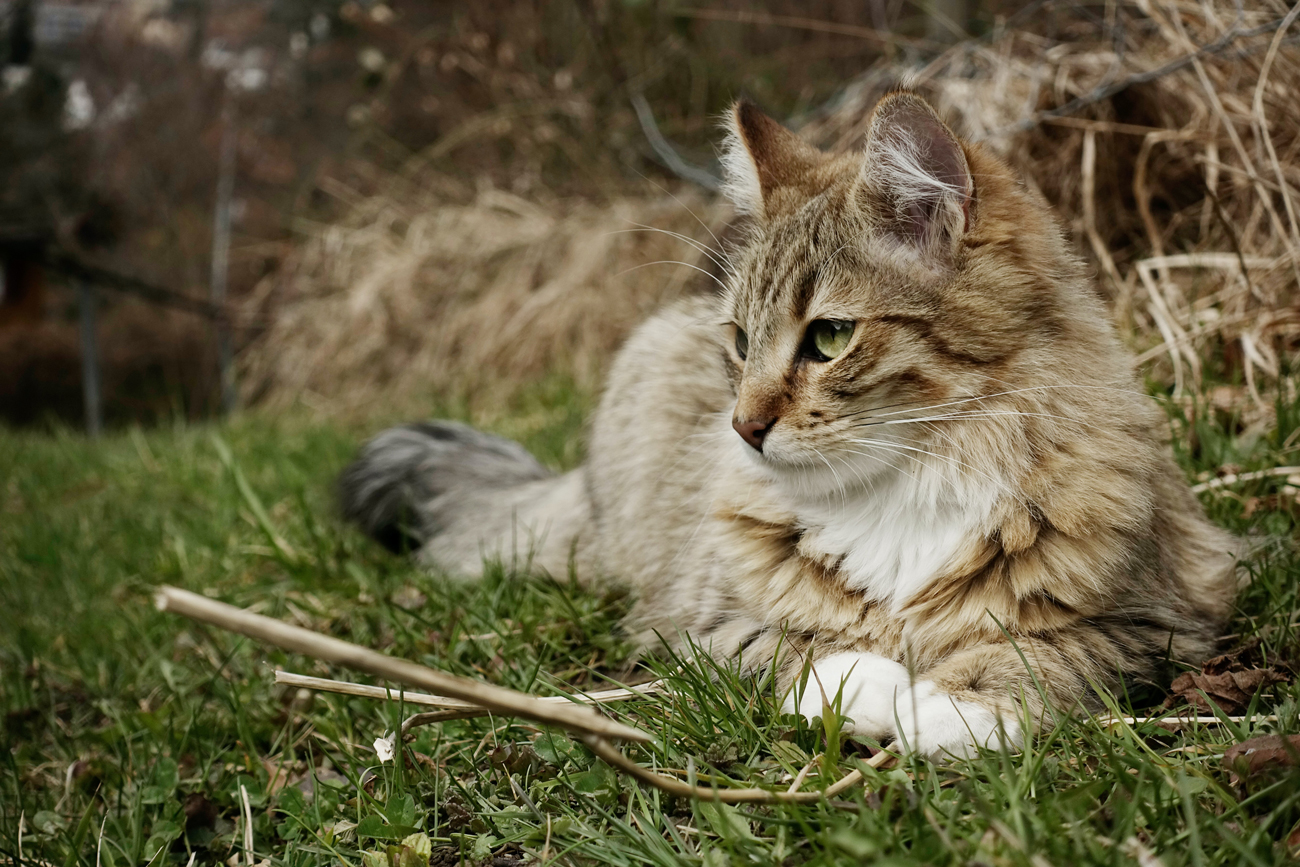
How to spot a stray
On the other hand, a stray cat is one who is used to living alongside humans but has, for whatever reason, become distanced from its owners.
A stray may be shy and wary but will approach humans eventually, with caution.
Stray cats are usually alone and will actively seek areas where humans live, because that’s what they associate with comfort and food.
They often try to get into people’s gardens and houses, will not have tipped ears and often look a bit confused and disoriented whereas a feral cat appears self-possessed.
Some cats are not true strays – they are just cheeky.
Cats love to roam and if they find a friendly home with a ready supply of food and comfort, they might decide to stick around and either leave their former owner or move between houses!
See below for how to work out if a cat is really a stray or just a bit greedy.
Why abandoned cats become strays
Unfortunately, many cats are abandoned by their owners each year. According to the RSPCA, 19,235 cats were dumped on England’s streets in 2018, or around two an hour or 370 a week.
Cats may be dumped in a box or bag or simply left behind when owners move to a new property.
Some owners may find the responsibility of caring for a cat too much, having made a quick decision to buy one without properly thinking through what it entails.
Alternatively, an unplanned litter may be more than an owner can cope with and the unwanted kittens are dumped.
Finances may be a factor for other families looking to offload cats – the average moggy costs a minimum of £12,000 in its lifetime, or an average of £17,000.
This includes buying the pet, paying for food, essential kit such as beds, bowls and toys, pet insurance premiums and vet bills. For pedigree breeds, the cost could be as high as £24,000.
These costs show why quality pet insurance is always advisable, to cover unexpected costs such as losing a pet or vet bills.
Most owners would not dream of leaving their cherished pets to fend for themselves, but financial hardship can certainly be the result of a cat falling sick and running up care costs.
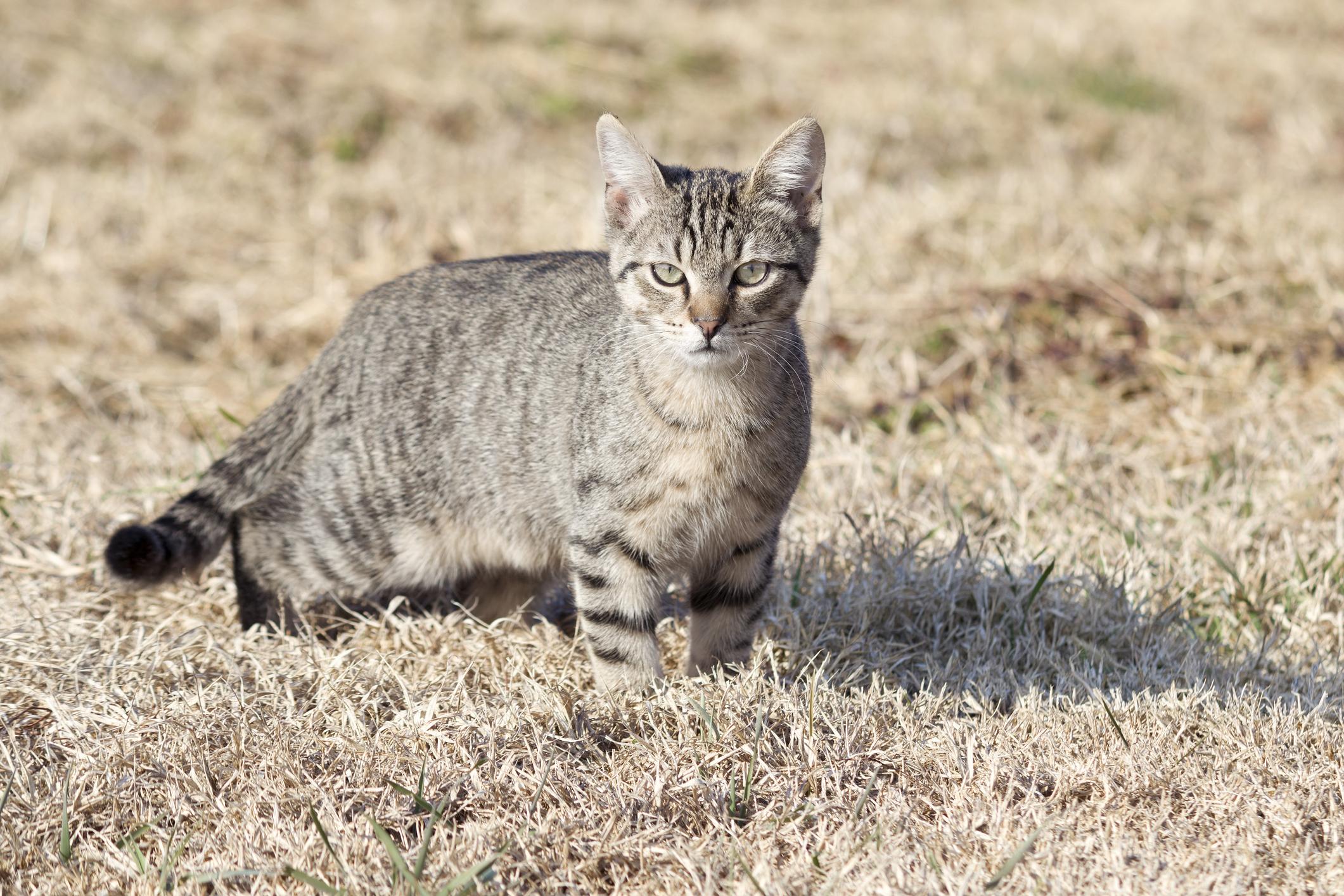
The impact of feral cats
Cats have been bred to be domesticated animals – while they can survive in the wild, there is not really a place for them in the food chain.
Feral cats can cause severe damage to wildlife by killing birds and small mammals. They often carry diseases and parasites such as toxoplasmosis, giardiasis, rabies and campylobacter.
In countries with large stretches of uninhabited land such as the USA, New Zealand and Australia, predation and disease spread by feral cats can even pose a threat to the survival of other species.
For example, recent research showed feral cats having a significant impact on kangaroo populations in South Australia by spreading toxoplasmosis.
Feral cats like to live in sheltered places with a food source nearby, so colonies may take up residence in abandoned buildings, wooded areas or basements near bins or rubbish dumps.
When feral cats come into residential areas, there can be conflict with domesticated cats and dogs over territory – causing fighting, urine spraying, noise during the night and lots of digging and fouling of gardens.
Population levels of feral cats can be managed through extermination methods such as trapping, poisoning and shooting, although many people feel these methods are inhumane and create a vacuum for new feral populations.
An alternative is to trap, neuter and release feral cats, which is the common approach in the UK. You should not attempt to cull a feral cat yourself, as this could leave you open to criminal prosecution.
Can a feral cat be tamed?
The short answer is no – once a cat is established as a wild animal, this cannot be reversed.
If cats are captured as young kittens and brought into a home environment, they may become domesticated but most feral cats will stay that way.
In some circumstances, feral cats may learn to live alongside humans, for example in a farm setting where they may help to manage rodents.
These farm cats may take food and shelter from people but they are very unlikely to ever become docile or seek out human company like a cat raised as a pet from birth.
You should only attempt to engage with a feral cat if you have lots of experience with cats, as well as time and patience!
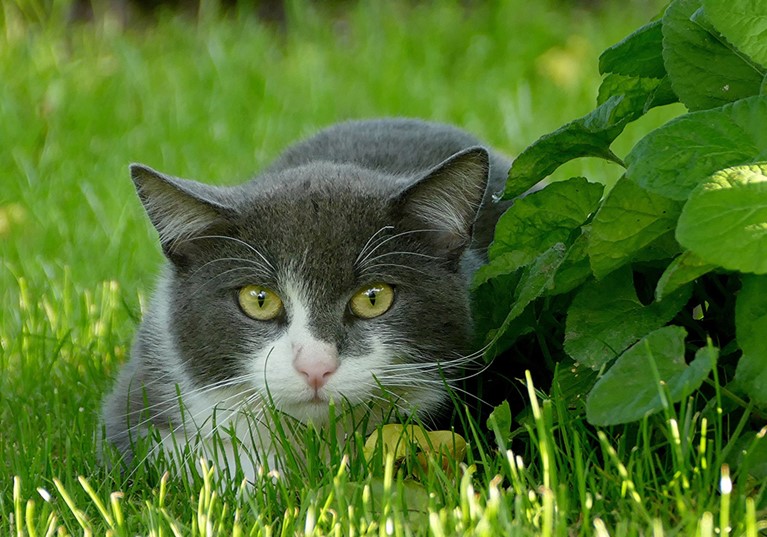
What to do if you find a stray cat
If you suspect a cat is a stray, there are some steps you can take to help it. Firstly, take a good look at the cat and do some detective work. Does it look healthy, groomed and well cared for? Is it wearing a collar?
If it seems in good shape, chances are it may belong to a family around the corner but wants to see if you have any treats in store for a passing cat, or it may be on one of those short breaks cats like to take now and then, when they disappear for a few days and then suddenly reappear at home.
A simple paper collar fixed with a piece of tape around the cat’s neck asking if it is owned may help to clarify the situation.
Or you could simply ask around, either in person or using social media, to check if anyone has lost a cat or recognises the animal. You’d be surprised how effective this is!
There are plenty of local ‘lost and found’ groups on Facebook with concerned owners looking for their lost pets, and putting up posters on lampposts can also produce results.
The satisfaction of reuniting a lost cat with its owners is not to be underestimated.
When you might need help from a vet
If you’re confident the cat is a fully-fledged stray, see if you can get close enough to check for a collar.
Provide the cat with food and water and take it to a vet as soon as possible to check for a microchip.
If you are unable to take the cat into your own home, a strong box lined with a blanket will make a suitable makeshift shelter.
If you think the cat may be injured or sick, be careful about approaching it. Vulnerable cats may become scared and respond with aggression.
If you need to pick up the cat, throw a blanket over it first to protect yourself from sharp claws and teeth.
Calling the RSPCA is usually the right thing to do but if the cat appears seriously ill and you are able to get it to a vet, you could save its life – RSPCA authorisation will be required beforehand if you don’t want to foot the bill yourself.
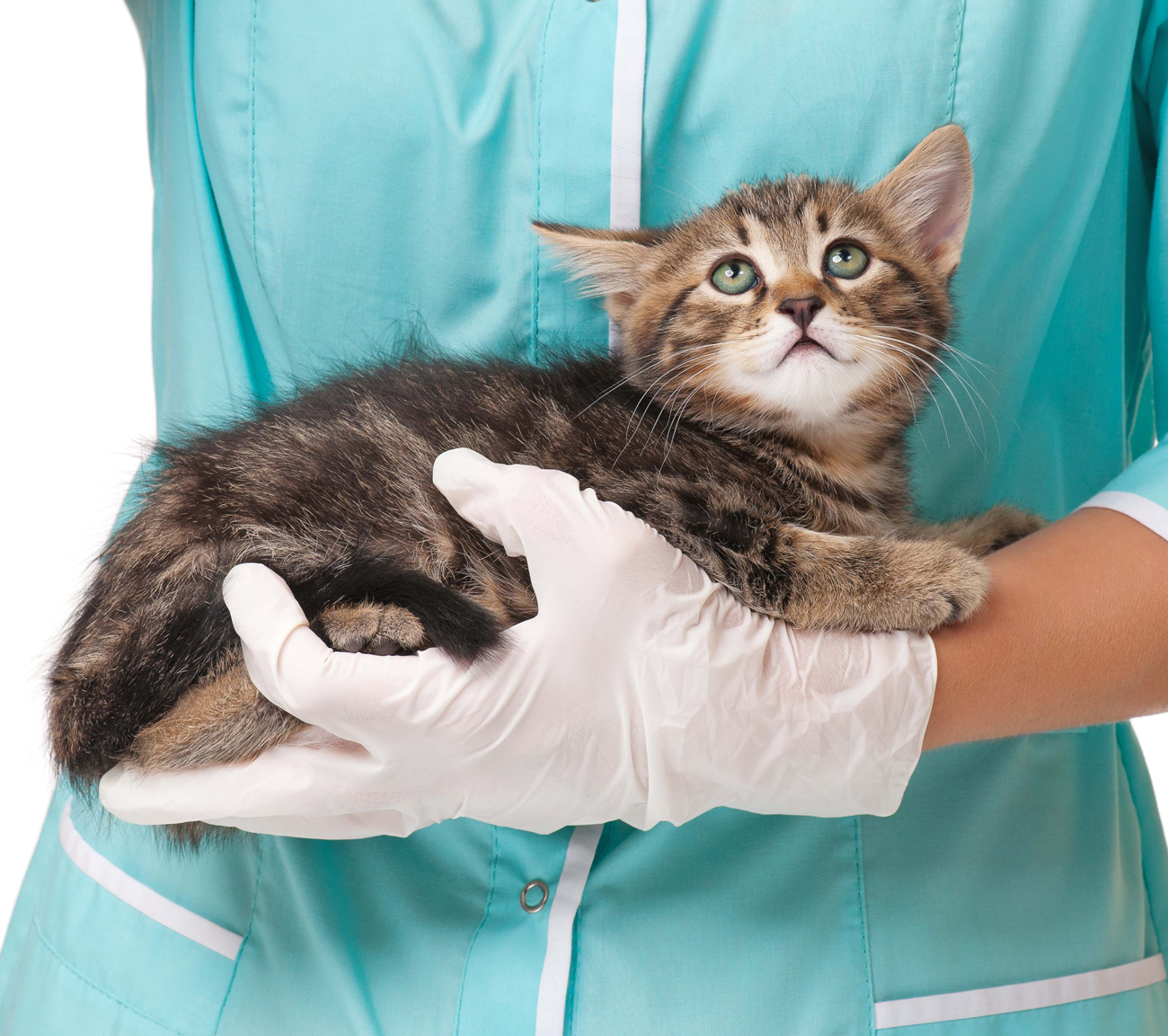
Can you adopt a stray cat yourself?
If the stray cat wins your heart and you want to keep him or her as a pet, this may be possible if all other avenues to find the owner are exhausted.
If there is no microchip and you have tried lost-and-found registers, posters, asking around, and social media to no avail, you will probably be able to keep the cat for yourself.
However, you should only do this if you are able to provide a suitable home and all the things that the cat needs to thrive.
A cat who has been rejected by one owner needs a reliable new owner, not one who will pass them on in a few months.
Before making the decision to adopt, think about whether you can afford food, basic kit and vet costs – pet insurance should help with this but it may still carry some cost.
It is also wise to have the cat microchipped, spayed or neutered and brought up to date on vaccinations, worming treatments and so on at the first opportunity.
You should also ask the vet whether the cat has any health conditions that could make it more expensive to care for, so you know what you’re committing to.
Pre-existing health conditions may affect the price you are quoted for pet insurance, too.
The usual considerations should apply to your decision whether to adopt:
-
Does anyone in your household have allergies?
-
Is the cat compatible with other pets or babies or children in your home?
-
Does your landlord permit pets?
-
Is the size and location of your home suited to a cat?
-
Do you have the time required to take care of the cat and help it settle in your home?
If you decide not to take the stray in, don’t feel guilty – you didn’t make the choice to abandon the cat, after all.
You have helped it off the streets and a cat rescue centre can take over the process of seeking a new home.
The law on stray cats
What happens if you adopt a stray whose owner cannot be found after a reasonable search, then years down the line someone claims it was their cat all along?
As unlikely as this may seem, this nightmare scenario does happen from time to time.
Under the law, cats are items of property rather than beings in their own right.
If you have taken in a cat that belongs to someone else, technically this could be seen as an act of theft, even if you have acted with the very best intentions.
It is extremely unlikely that you would face trouble with the police unless it could be shown you had simply taken in a cat without making any effort to find the rightful owner.
In addition, an owner who has not microchipped their pet is very unlikely to be able to prove it was theirs to begin with, but you would be within your rights to ask an owner to pay your out-of-pocket expenses such as food, vet care and pet insurance costs for the period the cat was with you.
If you take in a stray, keep basic records of these things just in case!
Do you need pet insurance you can rely on? Get a quote from Purely Pets today.
Helpful Pages
Recent Posts
Pet Insurance Quote
- 98% claims paid *
- Claims paid directly to vets
- 24/7 vet video consultations
- Interest free monthly payments




